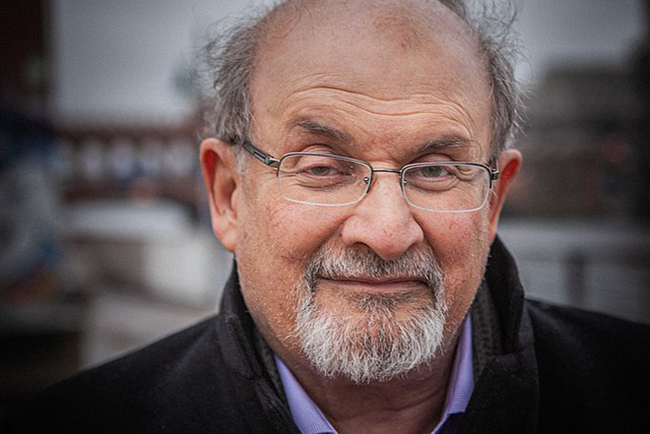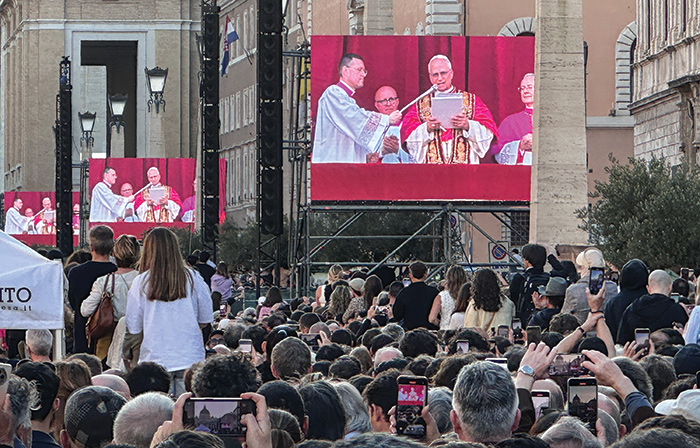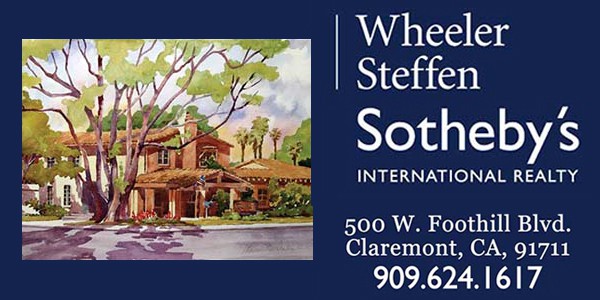Policing Claremont
by John Neiuber
In June, voters will be asked to approve the funding mechanism for a new police station. For the vast majority who have toured the current police station, there is widespread agreement that the city indeed needs a new facility.
In the run-up to the election, there will be much discussion, both pro and con, as to whether one should support it or not. However, most of it will not be based on the need, but rather on funding.
Some will believe we pay too much in taxes and some will think it is the price we pay to live in a society. There will be those who think it should be funded differently and those who approve of the funding. There will be viewpoints and letters to the editor in this publication. There will be heated discussions with the regulars at the outdoor tables of Some Crust in the morning and around the bar at Bardot at night.
Once, the discussion around town was not about having a police station, but about actually having a police force. Early on, when the city was too small to incorporate, the Town Meeting form of local government attempted to organize a police department—a bold move.
While the county of Los Angeles probably looked the other way on most governmental matters—after all, if the locals did something that was good for the county and it cost the county nothing, they were more than happy to oblige—it was not so for the organization of a police force. Under state law, unincorporated areas were under the jurisdiction of the county sheriff and it was illegal for an area such as Claremont to have its own police.
Necessity, however, is the mother of invention, and the local citizenry under the town selectmen performed “informal” police duties that were carried out by volunteers. In those early days, Claremont’s concerns were mostly centered around automobiles on unpaved city streets. The Town Meeting established speed limits, however, it appears that if you were observed speeding, it was not a private matter, but rather one was chastised in public. A letter at the time from Arthur Maxon Smith, a professor of philosophy at Pomona College, to the selectmen is evidence of this:
“I would be happy to conform to any rule, law, or request as to the speed of automobiles in the streets of Claremont adopted by your body, but would take the liberty of saying that, inasmuch as I have always been exceedingly careful not to inure any living thing inside or outside my automobile by my driving and have never driven it anywhere, inside or outside of Claremont to the injury of said persons or animals, I should have preferred to see my rule desired by your body framed as a general law or request or protest and copy of same sent to me rather than have my name go down in the everlasting records of the town of Claremont coupled with a resolution which plainly infers that I am a “scorcher” little less than murderously indifferent to the lives and limbs of my fellow citizens.”
It is good to know that public shaming and trolling are really not new inventions particular to the time in which we live. I suppose today, the equivalent would be a series of posts on Facebook, followed by a few injurious comments back and forth and a couple of scathing tweets on Twitter.
Speaking of tweets, earlier in 1902, President Teddy Roosevelt was invited to Claremont by Pomona College President George Gates, where he spoke to the community in front of Pearsons Hall. The police chief of Washington, DC, wrote a letter to the nonexistent chief of police of Claremont about the protocol of hosting the president. The Town Meeting, after reviewing the correspondence, appointed a committee of three men to ensure the venue was cleaned prior to the visit. There were no incidents during President Roosevelt’s visit.
Claremont was incorporated in October of 1907, and an ordinance was passed soon after creating the position of town marshal. Morris R. Weineke was appointed as the first town marshal on October 21 at an annual salary of $50. The marshal’s position was a part-time job, so Mr. Weineke still tended to his orange groves at Harrison and Indian Hill.
From 1908 to 1910, three other men served as marshal—F.G. Hutchison, J.L. Mudgett and I.F. Wire. In 1910, J.R. Witter, who was the foreman of the picking crew of the Claremont Citrus Association, was appointed marshal. He was only marshal for six months, but there were some major changes during his short tenure.
In 1907, there were only four automobiles in town, but by 1910, that number had increased substantially. On May 2, 1910, the first speed limits were adopted on the major streets of Claremont and the 10 miles per hour signs were erected. In August, the first “motor cops” were appointed by the city. Ironically, it was difficult for them to enforce the speed limits at first, as they were prohibited by law that they could not exceed the speed limit when chasing down violators. They were rendered ineffective and did not pose much of a deterrent to speeders. In 1911, a new marshal, J.A. Johnson, was appointed. He was able to remove the speed limit on the motorcycle officers and the town speed limit was raised to 12 miles per hour.
Claremont’s enforcement of the speed limits became an irritant to citizens and travelers passing through. Part of the controversy was because at that time, motor officers were able to keep 50 percent of the fines they collected. Charges and counter charges were made. Some said it was discouraging visitors from using our businesses. Others argued that the citizens had the right to be safe. The manager of the Claremont Inn insisted that his business was almost ruined because of the fear motorists had of being arrested. Claremont had gained an unwelcomed reputation.
Next month, Part 2.








0 Comments